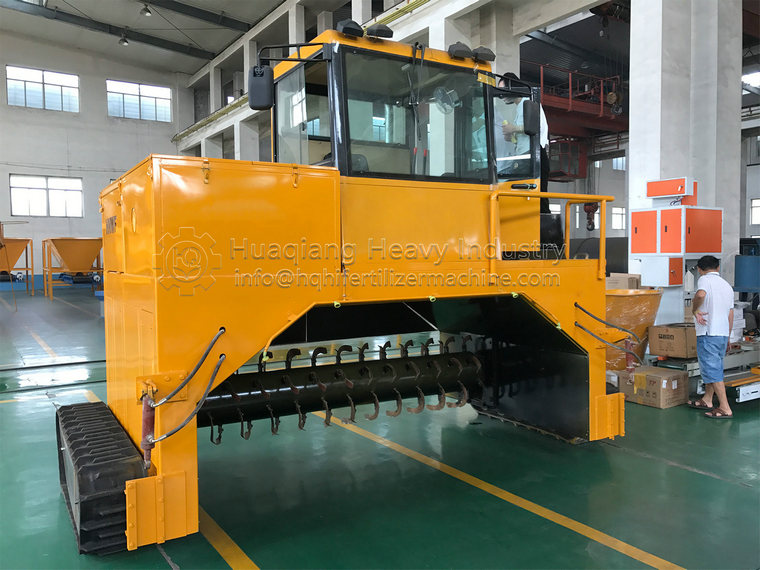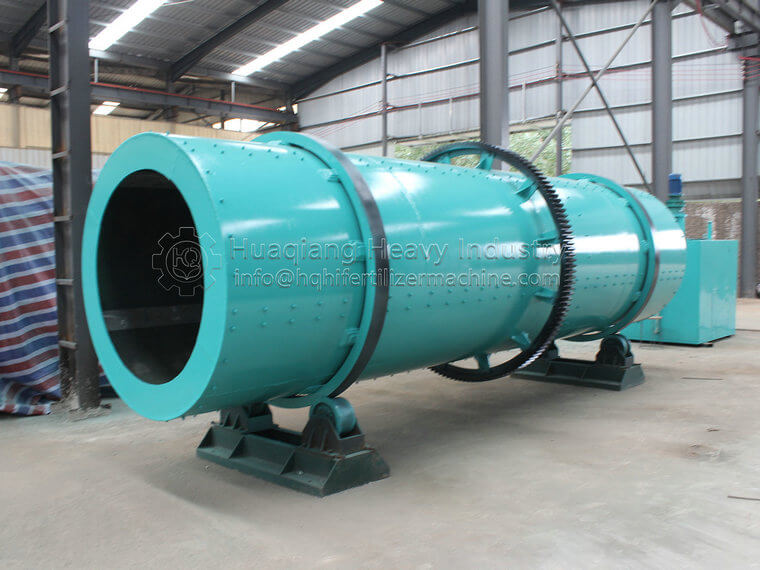Process steps for producing granular organic fertilizer from cow manure
Cow manure is fermented and processed into organic fertilizer, which not only achieves waste reuse but also reduces the production investment cost of farmers. High degree of harmlessness, improved soil, beneficial for absorption, slow and efficient, increased production and income, fertilized soil fertility, balanced nutrition, low production cost of biological composite bacterial agents, can improve soil, improve crop product quality, and increase crop yield. It is commonly used for various economic crops and food crops such as fruits, vegetables, fruit trees, grass, tea, etc..jpg)
Process steps for producing granular organic fertilizer from cow manure
Step 1: Fermentation and Maturation
Collect cow manure and urine, mix them with straw, hay, and other ingredients to control the moisture content by about 65%. Stack the materials into strips with a width of no less than 10 meters and a width of 2-5 meters. Sprinkle 1KG of aerobic fermentation bacteria with 2-3 cubic meters. Mix thoroughly with a wheeled composting machine and let them ferment. After fermentation, use a composting machine to cool the materials.
Step 2: Material crushing
Crush the organic raw materials of fermented and decomposed cow manure. Organic fertilizer wet material crusher is a professional crushing equipment for high humidity, multi fiber materials. Utilizing high-speed rotating chains to crush fibers with good particle size.
Step 3: Mixing and stirring
Add trace elements, excipients, humic acid, clay, etc. for mixing and stirring. Using a vertical mixer, the mixing speed is fast and the uniformity is good. It can mix viscous materials with a liquid content of 30%. During operation, there are two opposite rotating blades and rotors stirred in the middle. Adopting a lower door for fast unloading speed and minimal residue.
Step 4: Forming and granulation
The material is granulated using a disc granulator, an organic fertilizer stirring tooth granulator, or a new type of stirring tooth rotating strand three combination granulator.
Step 5: Drum drying
The organic fertilizer dryer further removes moisture from the granulated particles to meet the standard requirements for organic fertilizer moisture content.
Step 6: Drum cooling
Cooling the dried granular material with a cooling machine helps to preserve the quality of the particles.
Step 7: Screening and return system
Due to the differences in particle size of the granulated material output from the granulation and forming system, screening and grading are required. The selected drum type screening machine requires low vibration, low noise, convenient screen replacement, and is equipped with a screen cleaning device.
Step 8: Particle coating equipment
The coating machine is composed of a screw conveyor, a mixing tank, an oil pump, a main engine, etc., and is used for powder or liquid coating technology. It can effectively prevent the caking of fertilizers, and the host is lined with polypropylene or acid resistant stainless steel.
Step 9: Packaging Equipment
Granular materials are packaged and transported through conveying equipment into the finished product warehouse. Granular materials are quantitatively weighed and packaged through automatic packaging scales.



.jpg)

.jpg)


